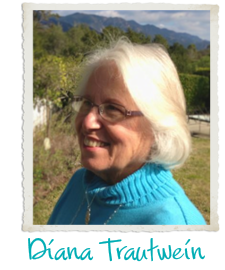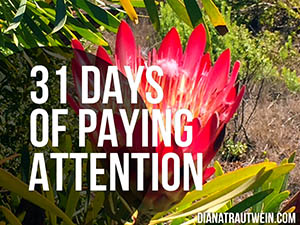
And one week later, this will be my first entry in the Parent’Hood synchro blog, joining through Joy Bennett’s blog:
a place for pondering life, faith, family

It’s been almost a full year since I’ve done any speaking or teaching for a women’s group of any kind. For a while there, I was doing something with and for women on a regular basis – I facilitated a women’s Bible study group at church twice a month for about seven years, participated in four different women’s retreats for our own women (two as speaker, one as worship leader, one as communion celebrant) and spent a weekend here, a half-day’s worth of interaction and input there. I spoke at a ladies’ tea, and I offered communion to a Bible study leadership team every fall for several years running. I like working with women – I also love preaching to and teaching groups which include both genders and a variety of age groups. But there is often something rich and remarkable that happens when a group of women gather somewhere away-from-the-usual for the express purpose of drawing closer to God.
Two days from now, I’ll get that opportunity again as I lead a group of women from Brentwood Presbyterian church at their annual women’s ministries retreat – right here in Santa Barbara at la Casa de Maria. We’re looking at the book of Esther – which is the same material I used at the very first retreat I ever led by myself almost 10 years ago. My good friend Karen Jobes has written an incomparable commentary on this marvelous book and I have enjoyed re-reading it the last few weeks. (In case you’re wondering…this is the only commentary I have ever read from cover to cover!) Over the course of this weekend, we’ll be talking about and reflecting on:
The Hidden Presence of God in Our Story
“…for such a time as this…”
Session One – Friday Evening, January 26, 2007
Making Things CLEAR…
…the need for consent and clarity.
Session Two – Saturday Morning, January 27, 2007
Keeping Things CONGRUENT…
Session Three – Saturday Afternoon, January 27, 2007
Living with COURAGE…
…the need for conviction and commitment.
Session Four – Sunday Morning, January 28, 2007
Responding with CELEBRATION…
…moving through confession to cooperation.
Throughout the course of these sessions, the women will spend some time in individual reflection, some time in small group discussion and some time in large group learning. It is challenging and fun to lay out a series like this, and I am grateful for the opportunity. And I am especially enjoying wrestling through this topic at this particular juncture in my own life and ministry. I gave the leadership team at Brentwood a list of about six topics and this is the one they chose. After listening to a bit of their corporate story of the last several years, I can readily see that it is also a great topic for them to wrestle with for a while.
It’s a good and relevant topic precisely because God so often seems hidden to us. There aren’t too many miracles to be had, these days. Indeed, I believe that God chooses to work through the ordinary, non-remarkable circumstances of daily life far more often than God chooses to intervene with a miraculous event – and I believe that’s true in any day. There are far more stories like Esther’s in this life than there are stories like the Exodus. Perhaps a better way to phrase it is that there is more often a “miraculous quality to the ordinary” (a Jobes’ phrase) than there is an ordinary quality to the miraculous! The only problem with this truth is, of course, that we so often fail to have ‘eyes to see’ and ‘ears to hear’ the wondrous ways in which our God is at work in, around and through the ordinary stuff of life. I am praying that together, the women from Brentwood Pres and I will have our eyes and ears opened in new ways this weekend.
 A retired-part-time-pastor-learning-to-be-a-spiritual-director with a family I adore sensing an increasingly urgent call to write-my-life-down, to preserve my sanity and create some space to breathe. Read my complete profile.
A retired-part-time-pastor-learning-to-be-a-spiritual-director with a family I adore sensing an increasingly urgent call to write-my-life-down, to preserve my sanity and create some space to breathe. Read my complete profile.Sign up for *More Wondering. . . * a monthly personal letter from Diana to you, available only to email subscribers. As thanks, receive a copy of Living the Questions, an 8-chapter ebook wrestling with some of the hard questions of life and faith.





Copyright © 2025 · Prose on Genesis Framework · WordPress · Log in